Archives
- 2025-10
- 2025-09
- 2025-03
- 2025-02
- 2025-01
- 2024-12
- 2024-11
- 2024-10
- 2024-09
- 2024-08
- 2024-07
- 2024-06
- 2024-05
- 2024-04
- 2024-03
- 2024-02
- 2024-01
- 2023-12
- 2023-11
- 2023-10
- 2023-09
- 2023-08
- 2023-07
- 2023-06
- 2023-05
- 2023-04
- 2023-03
- 2023-02
- 2023-01
- 2022-12
- 2022-11
- 2022-10
- 2022-09
- 2022-08
- 2022-07
- 2022-06
- 2022-05
- 2022-04
- 2022-03
- 2022-02
- 2022-01
- 2021-12
- 2021-11
- 2021-10
- 2021-09
- 2021-08
- 2021-07
- 2021-06
- 2021-05
- 2021-04
- 2021-03
- 2021-02
- 2021-01
- 2020-12
- 2020-11
- 2020-10
- 2020-09
- 2020-08
- 2020-07
- 2020-06
- 2020-05
- 2020-04
- 2020-03
- 2020-02
- 2020-01
- 2019-12
- 2019-11
- 2019-10
- 2019-09
- 2019-08
- 2019-07
- 2019-06
- 2019-05
- 2019-04
- 2018-07
-
The promoter regions of all
2020-01-25
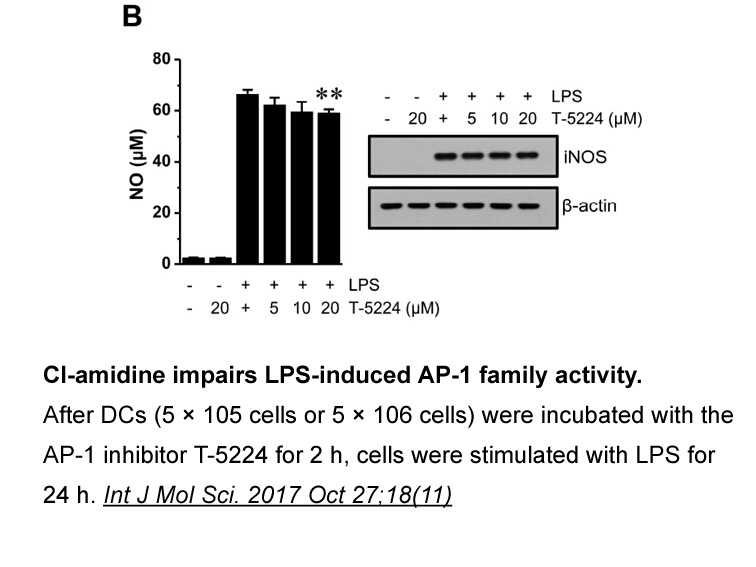
The promoter regions of all MdDGKs examined here included many hormone-responsive and stress-responsive elements, such as ABRE, MBS, TC-rich repeats, HSE, and LTR. Despite assumptions about how those promoters might control expression in response to environment stimuli, we found several exceptions.
-
As proof of principle the
2020-01-25
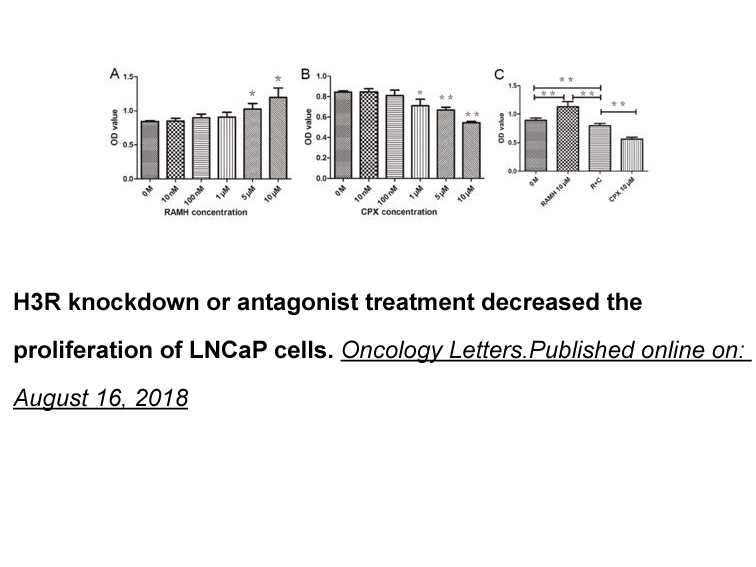
As proof of principle, the effect of selective blockade was measured using TAK-044, a peptide antagonist with approximately 250-fold selectivity for the ETA subtype over ETB as measured by ligand binding in the human heart. A 30-mg infusion over 15 minutes of TAK-044 (providing a serum concentration
-
Our results indicate a deregulation
2020-01-25
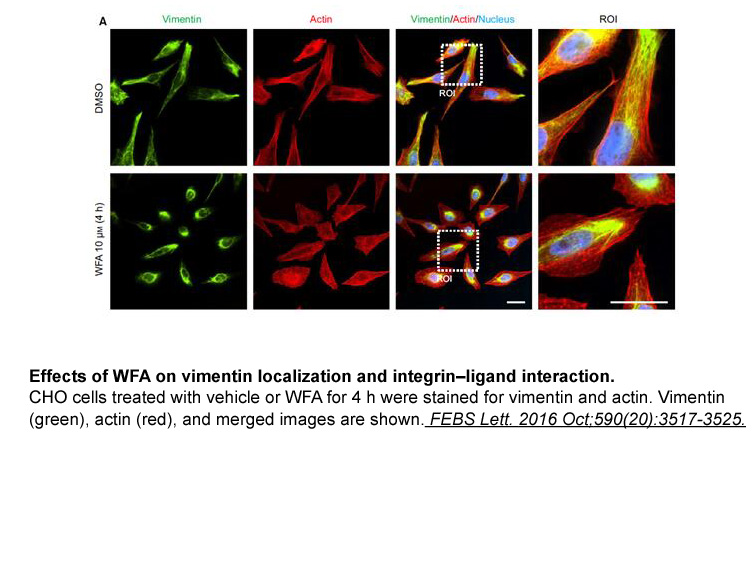
Our results indicate a deregulation of DNA methylation machinery during seed development in apomixis. Since DRM2 is targeted loci through an RNA-directed DNA methylation (RdDM) pathway involving 24-nt siRNAs (Stroud et al., 2014, Law and Jacobsen, 2010) and differentially expressed between apomict
-
ATP dependent DNA ligases in vertebrates
2020-01-25
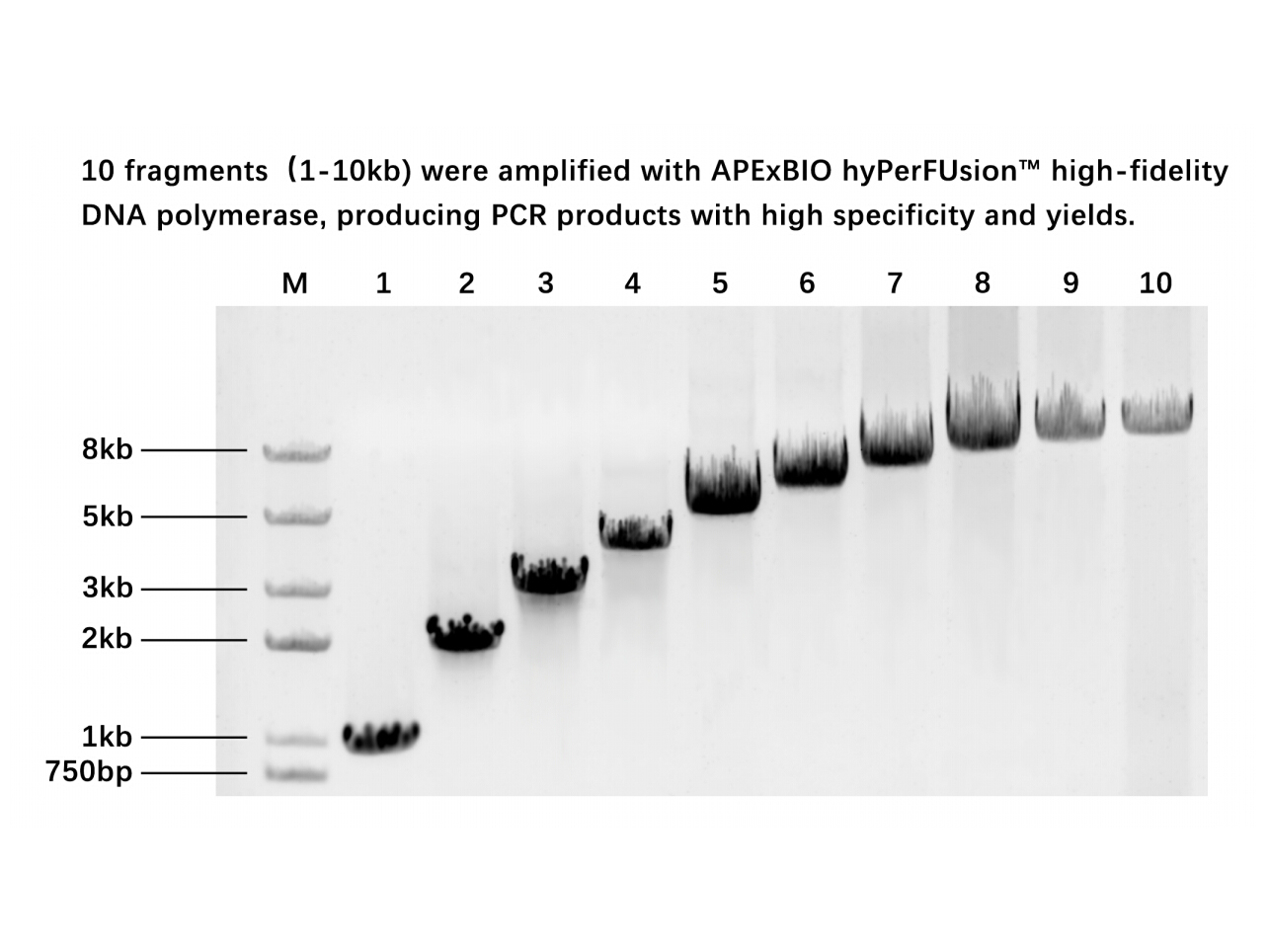
ATP-dependent DNA ligases in vertebrates are divided in three families [7]. Family I DNA ligases are responsible for sealing the nicks during DNA replication and in long-patch base excision repair (BER). Family III DNA ligases are involved in short-patch BER. Lastly, family IV DNA ligases are invol
-
Introduction Mycobacterium leprae the causative agent of
2020-01-25

Introduction Mycobacterium leprae, the causative agent of leprosy, affects skin, peripheral nerves and upper respiratory tract [1]. Although leprosy has been eradicated from most of the countries, it still affects approximately a quarter of a million people from India [2]. Details of many bacteriol
-
br Discussion Electroporation is a convenient and efficient
2020-01-25
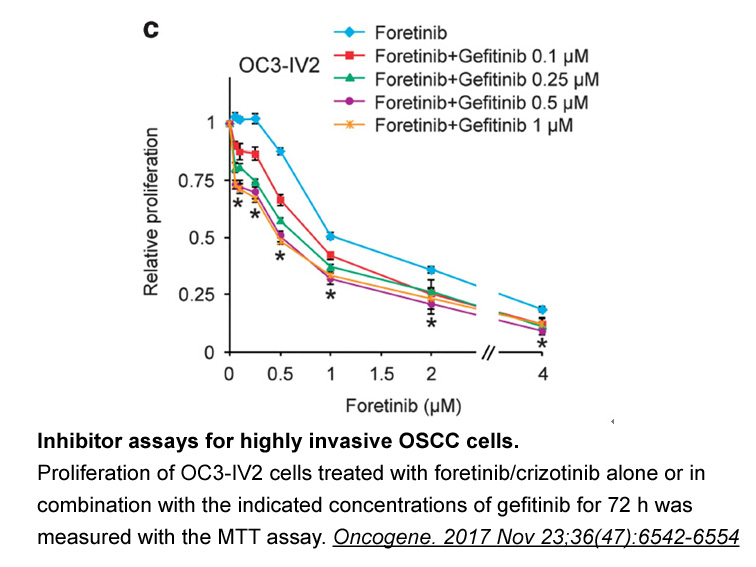
Discussion Electroporation is a convenient and efficient way to introduce foreign material into Embelin [10], [16], [17], [18]. There are a lot of different protocols for transfection with electroporation. It was reported that there are several parameters that are relevant to successful electrop
-
Early tubular differentiation in WT
2020-01-23
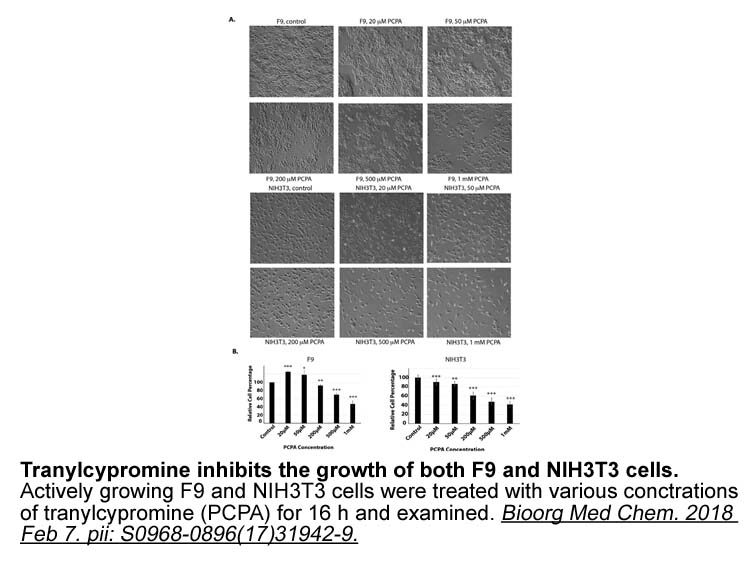
Early tubular differentiation in WT lacks lumen formation and, therefore, sometimes can be confused with rosettes of ES/PNET or neuroblastoma. However, tubular structure usually has Valproic acid neatly aligned to form a single layer around the future lumen, whereas neuroblastic rosettes are arrang
-
Introduction Neuropathic pain occurs in
2020-01-23
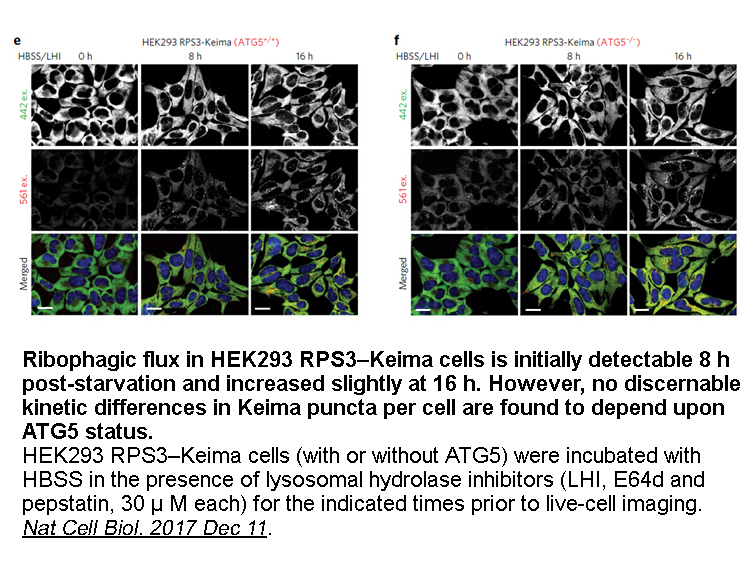
Introduction Neuropathic pain occurs in approximately one-third of patients with diabetes and is refractory to currently available analgesic drugs (Abbott et al., 2011). This painful diabetic neuropathy (PDN) is associated with elevated levels of methylglyoxal (MG; a reactive glucose metabolite) an
-
br Summary and perspectives In recent decades enormous advan
2020-01-23
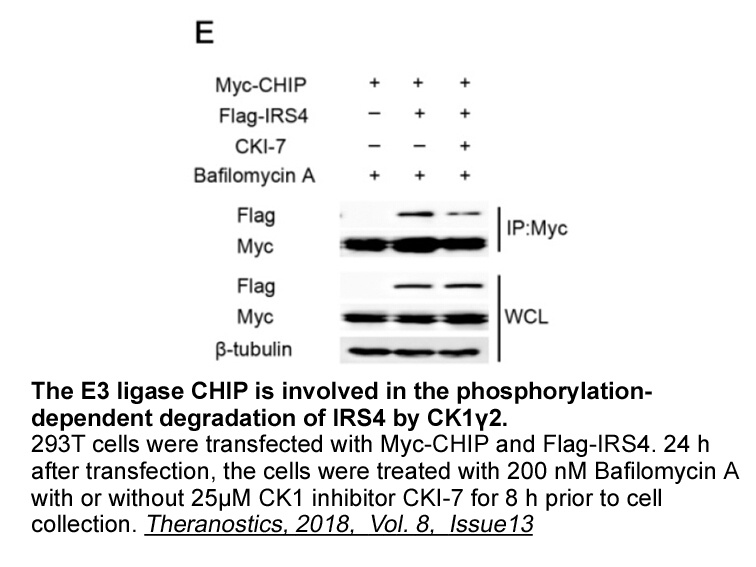
Summary and perspectives In recent decades, enormous advances have been achieved in the development of enzyme-activatable imaging probes, enabling the accurate detection of enzyme activity in vivo to better understand the biological function of enzymes in disease processes. Activatable probes are
-
WAY-262611 receptor br Materials and Methods br Results br D
2020-01-23
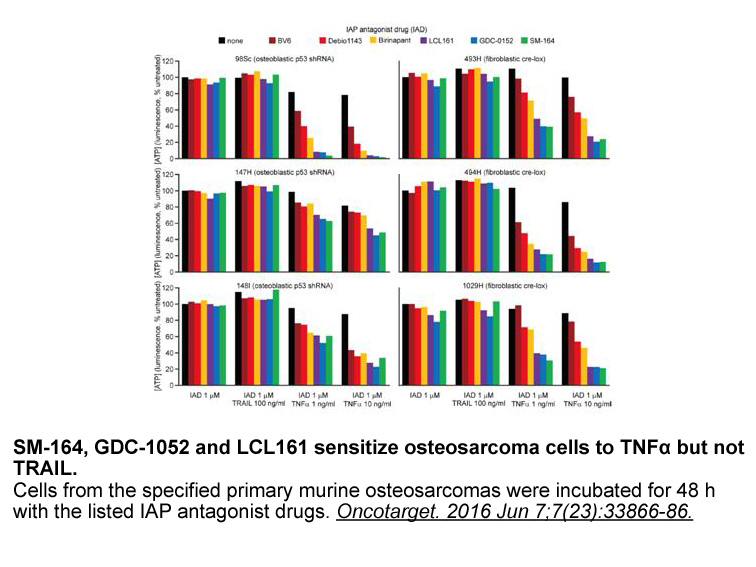
Materials and Methods Results Discussion Viral infection of eukaryotic WAY-262611 receptor activate signaling pathways both via specific interaction with pattern recognition receptors (TLRs, RIG-I, MDA5) and more nonspecific mechanisms such as accumulation of newly synthesized viral glycop
-
BRCC is the catalytic subunit responsible for the majority o
2020-01-23
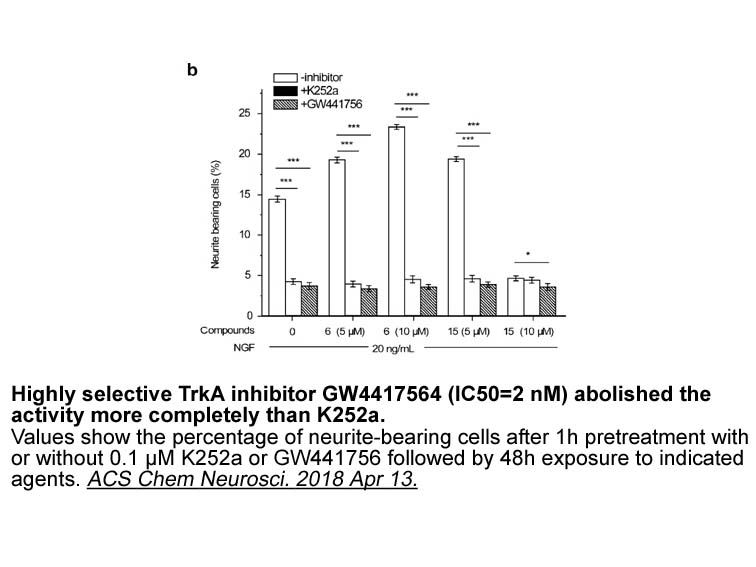
BRCC36 is the catalytic subunit responsible for the majority of K63-Ub-specific DUB activity in the cytoplasm and in the nucleus as part of two distinct macromolecular assemblies characterized by the presence of either of the MPN– pseudo DUB proteins KIAA0157 or Abraxas (Cooper et al., 2009, Dong et
-
In the past few years we and others have
2020-01-23
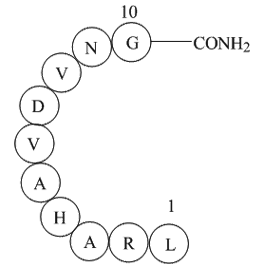
In the past few years we and others have reported that GLP-1 may also be secreted by sub-populations of alpha VUF 11207 fumarate in human pancreatic islets (Marchetti et al., 2012, Ellingsgaard et al., 2011), which could contribute to beta cell function and survival (Marchetti et al., 2012, Ellings
-
ClC is a member of the voltage gated chloride channel
2020-01-22
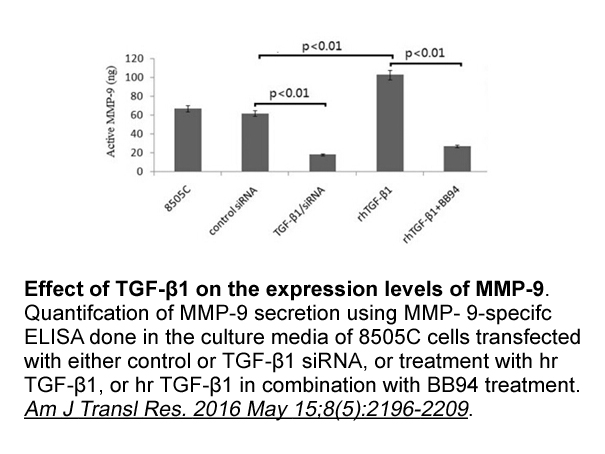
ClC-3 is a member of the voltage-gated chloride channel superfamily and has many roles in cell proliferation, apoptosis, BPTES progression and so on (Dai et al., 2005). A growing number of studies showed that ClC-3 encoded a volume-regulated Cl− channel (ICl,Vol) in heart, that could contribute to
-
br EBV BILF A Virus Encoded
2020-01-22
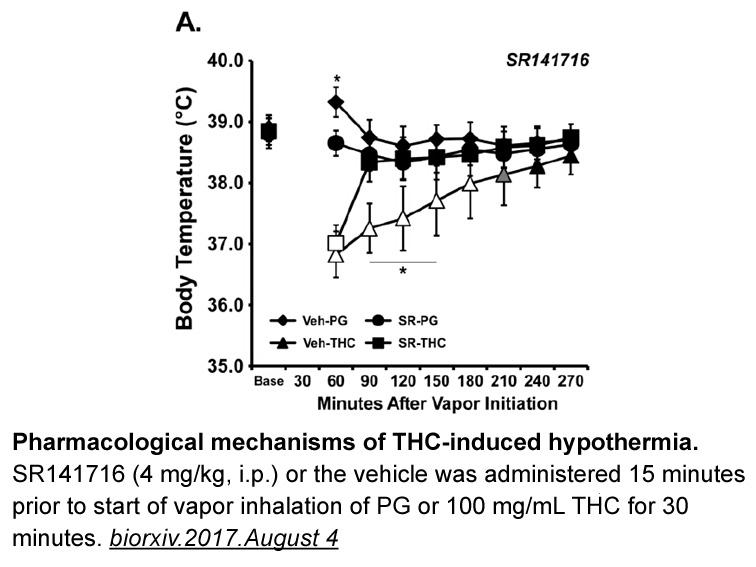
EBV-BILF1—A Virus-Encoded 7TM Receptor with Immune Evasive Functions The EBV-encoded BILF1 receptor (EBV-BILF1) is thought to be implicated in the immune evasion strategy of EBV.56, 61, 62 This orphan 7TM receptor is expressed at significant levels during the early lytic phase of the virus infect
-
Homologous recombination HR has important roles
2020-01-22
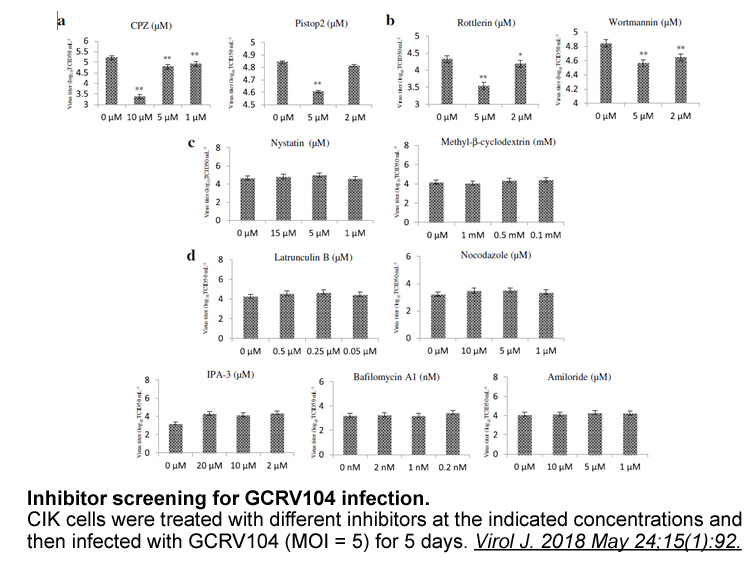
Homologous recombination (HR) has important roles in the repair of stalled or collapsed DNA replication forks, as well as of DNA double-strand breaks. Among the factors required for HR in human nor-NOHA acetate sale are RAD51, BRCA1, and BRCA2 (Davies et al., 2001, Sung and Klein, 2006, Xia et al.,
15653 records 890/1044 page Previous Next First page 上5页 886887888889890 下5页 Last page